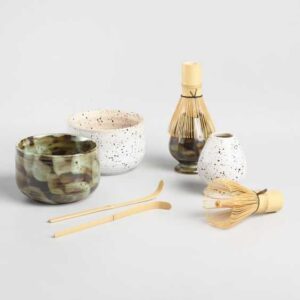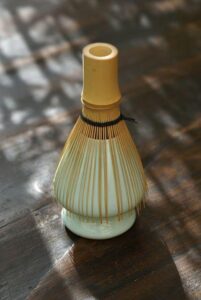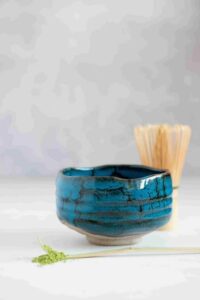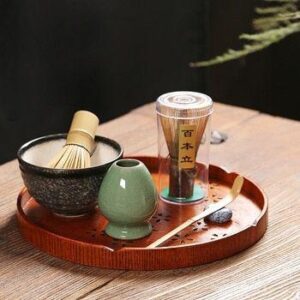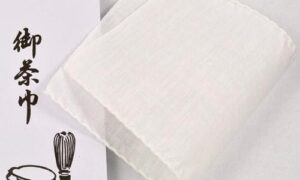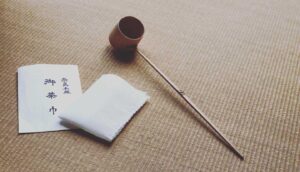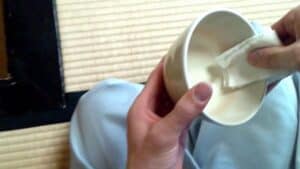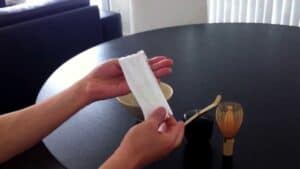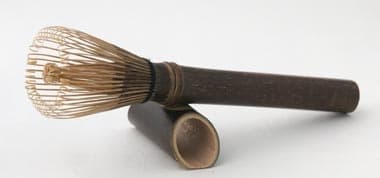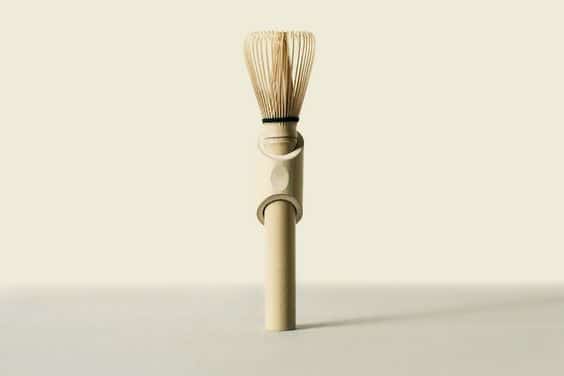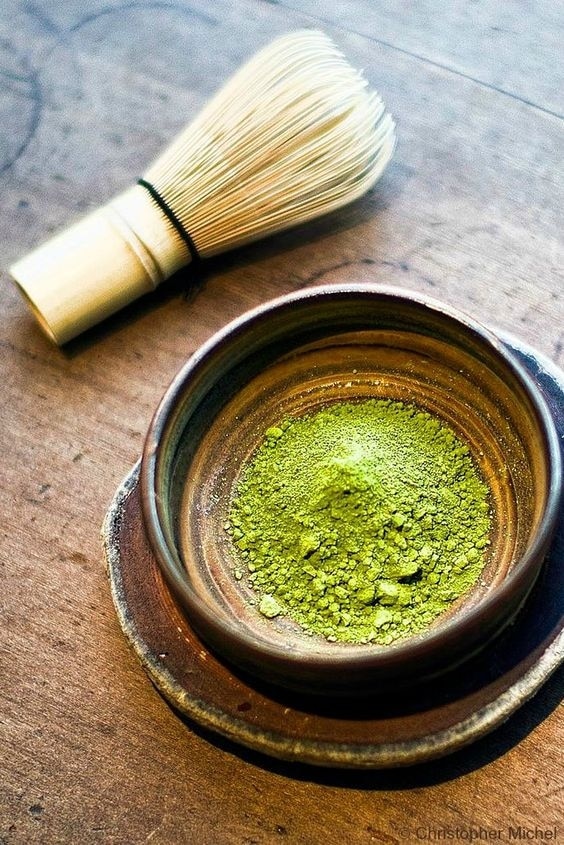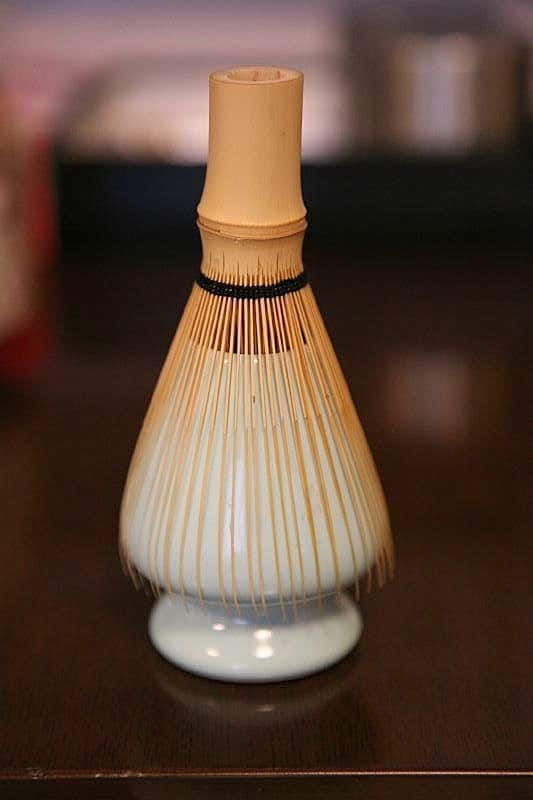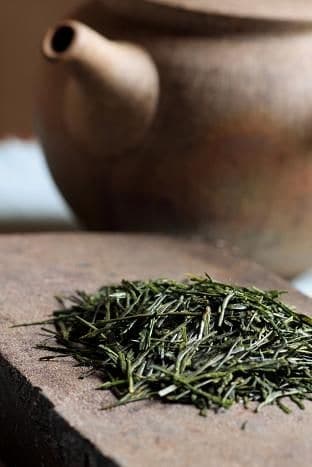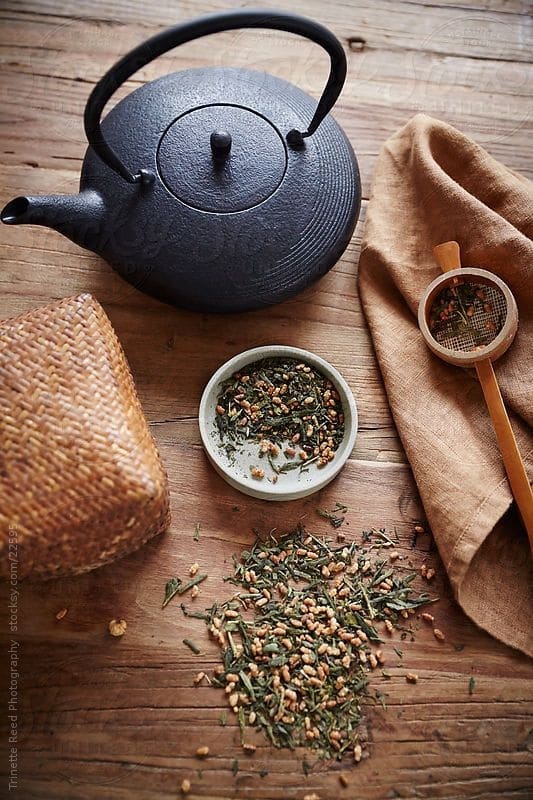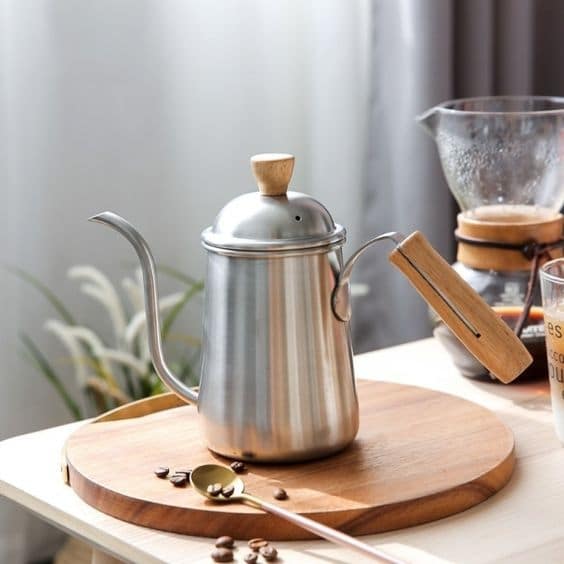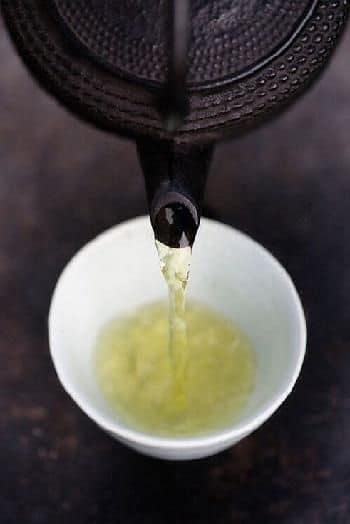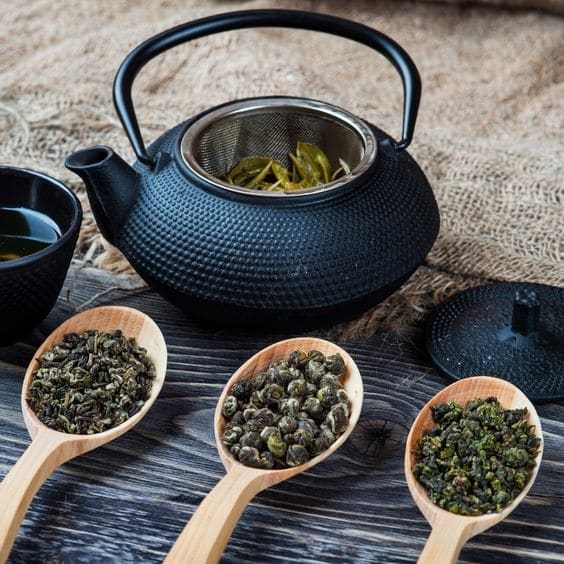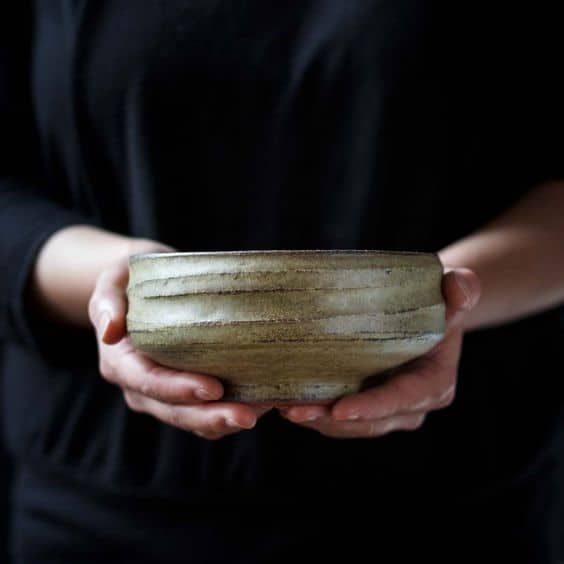When it comes to making matcha, the equipment that comes to mind is probably Chasen, a bamboo spoon, Cha-chaku, or Chasen stand. The method of using these equipment can be studied from many websites. However, the correct use of equipment also requires proper storage. Let’s see how each type of tea brewing equipment should be stored.
Start with storing the Chasen or tea brush, the most important tool for making tea. After use, swing it in warm water, focusing on swinging only the part that touches the matcha, do not wash the whole thing. After swinging it for two times, set it aside to dry. If anyone has a Chasen rest, it is recommended to insert it and wait for it to dry. It will be better because this Chasen rest has the advantage of not letting water flow into the handle and it also helps maintain the shape of the Chasen. After the Chasen is dry, store it in a box or in a place with a suitable temperature, not too hot, not too cold, with good air circulation. Most importantly, it must not be too humid or dry. Because if it is too hot or dry, the bamboo will become brittle and break easily. And be careful about humidity or the bamboo will grow mold. As for the ceramic Chasen rest, it helps the Chasen dry quickly and maintains the shape of the bamboo, preventing mold. Just observe carefully if there is a little stain or not. If it is dirty, just wash it and let it dry. Because it is not very dirty. But if it is used for a long time, do not neglect to check if it is still in good condition and suitable for use.
As for the Cha-cha-ku or bamboo spoon, there is a very easy way to store it. After using it to scoop matcha, “do not wash” or “do not let it get wet” at all. Because the Cha-cha-ku is a tool that directly touches matcha. If you wash it, the Cha-cha-ku will have moisture. When you use it to scoop matcha, the moisture will flow to the matcha in the container, causing the matcha to clump together. In addition, washing the Cha-cha-ku too often will cause the bamboo to lose its shape and become old faster. Therefore, it is recommended to use dry tissue paper to gently wipe off the matcha powder. That is enough.
Chawan or tea cup, after use, rinse gently with water. It is not recommended to wash in a dishwasher or dryer. And do not use Scotch-Brite to scrub the cup too hard. Avoid using dishwashing liquid. Should use organic type with mild scent. After washing, it is not recommended to put in high temperature places such as microwave, oven or stove. But the most important point is that Chawan is for brewing matcha tea only. Should not be used to mix with other things. Otherwise, it may smell.
There are some types of equipment that should be washed with hot water before first use and left to dry completely, such as ceramic teapots. After use, it is not recommended to use a dishwasher, dryer or dishwashing soap. For the built-in filter area, squeeze the water out of the spout. Use a toothbrush or toothpick to remove tea leaves stuck in the strainer. After use, always let it dry completely because if stored while still wet, it may cause musty smell or mold.
Source
https://www.worldmarket.com/product/matcha-bowl-and-whisk-tea-gift-sets-set-of-2.do
Article from: Fuwafuwa

